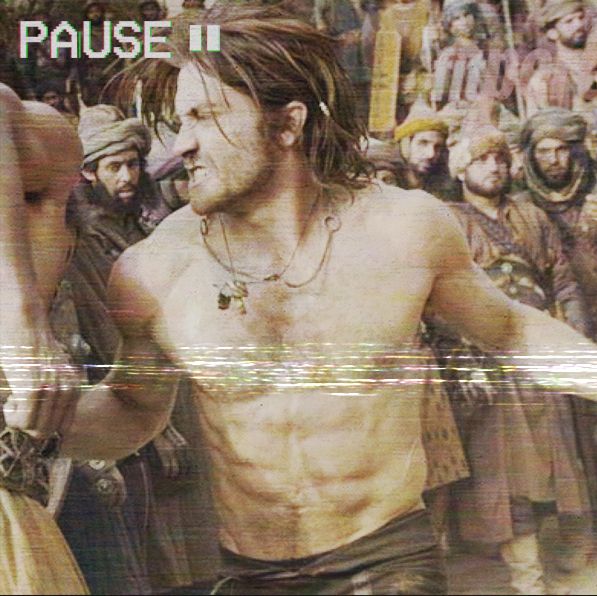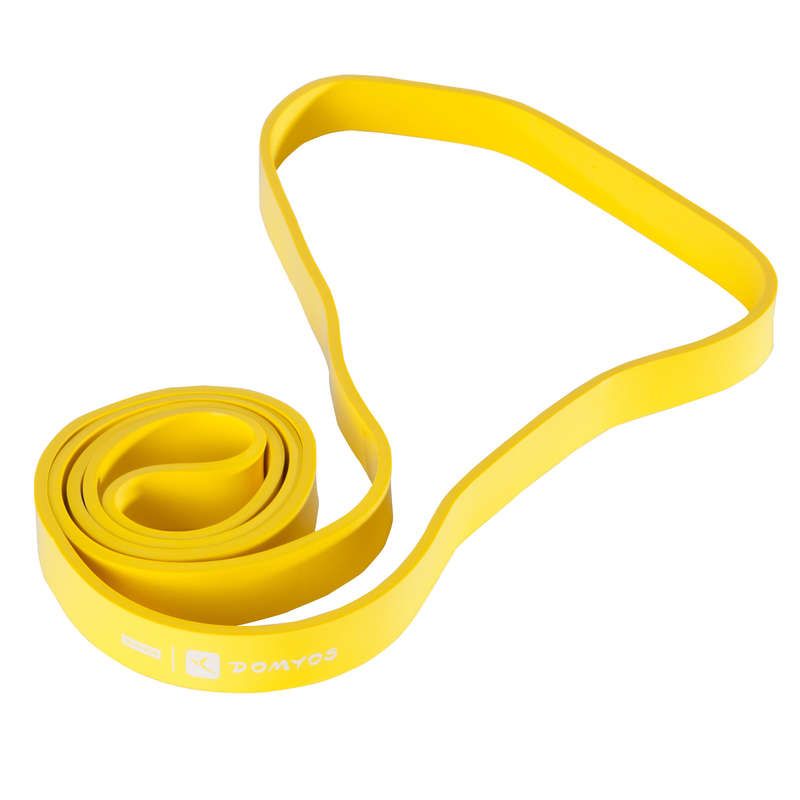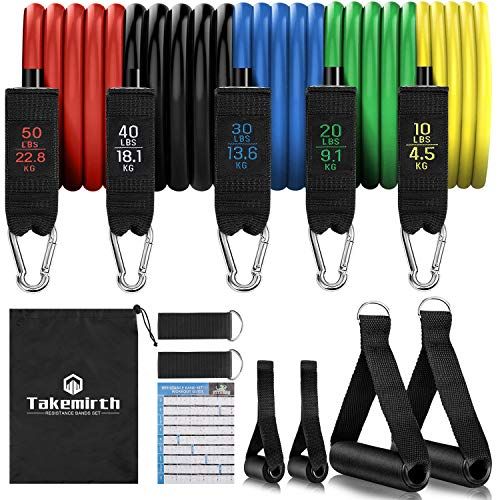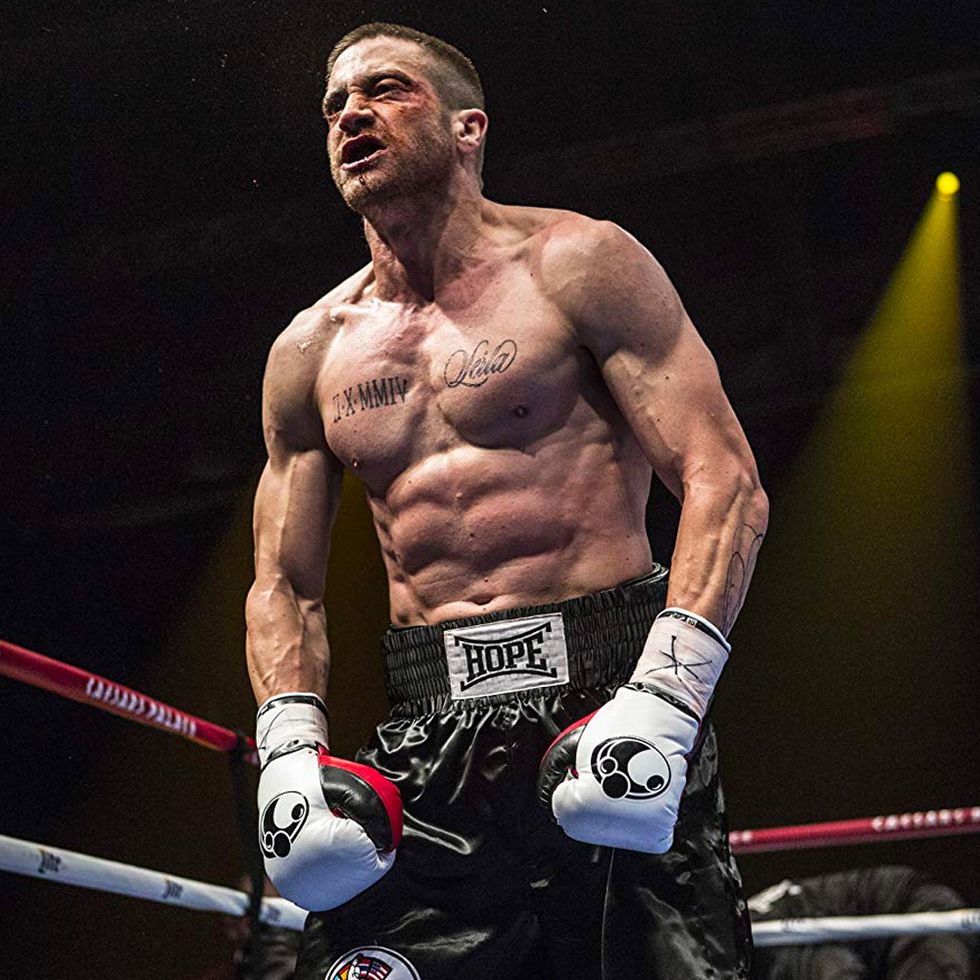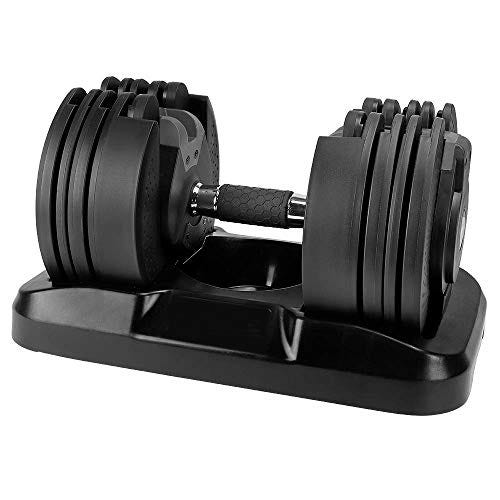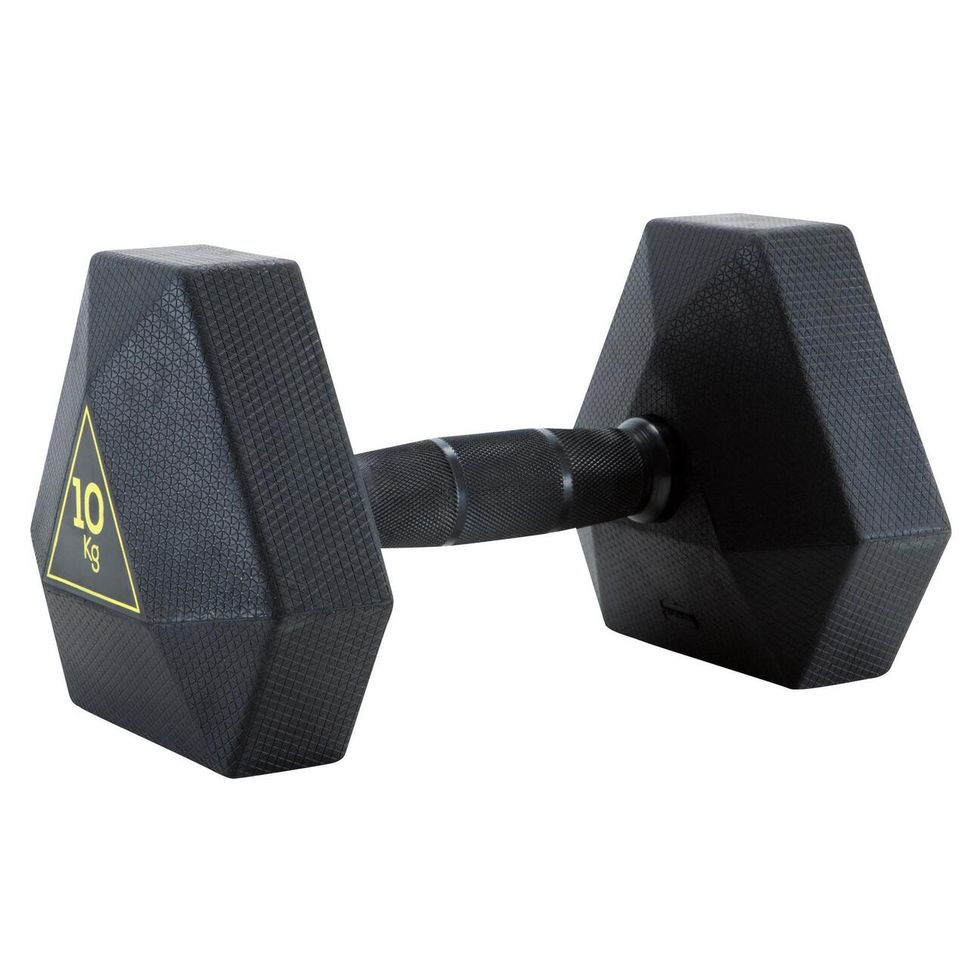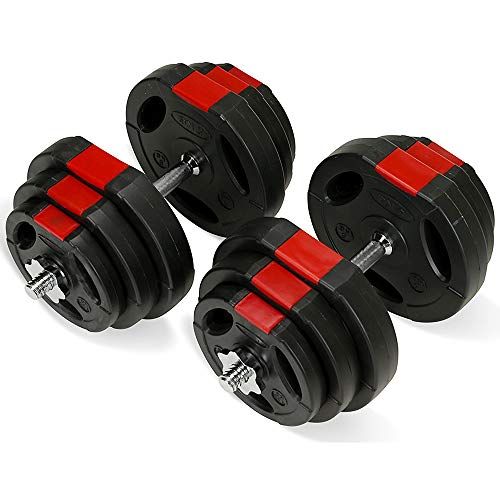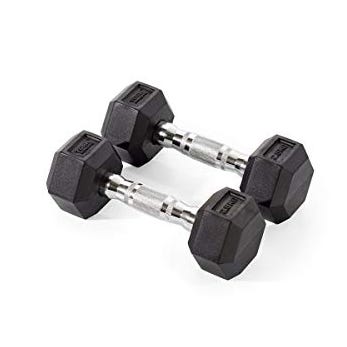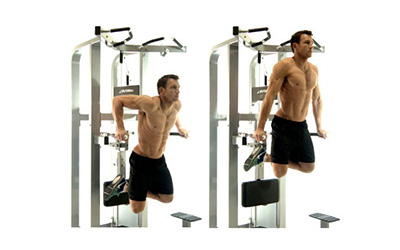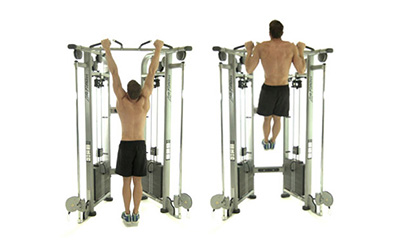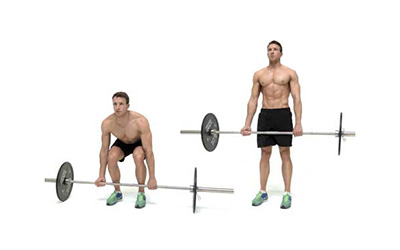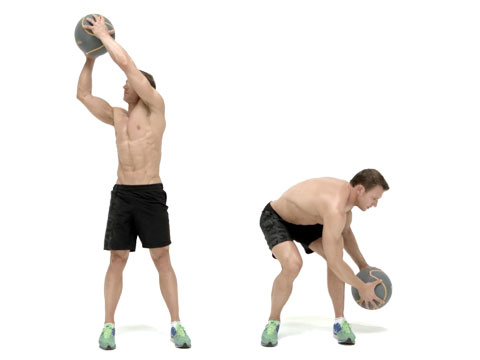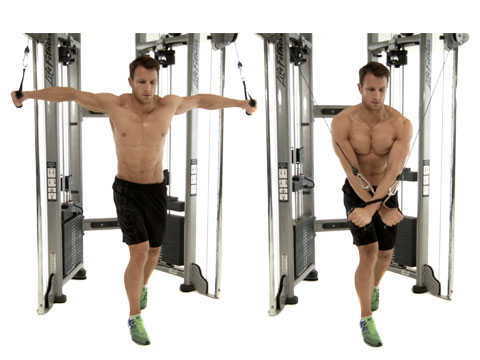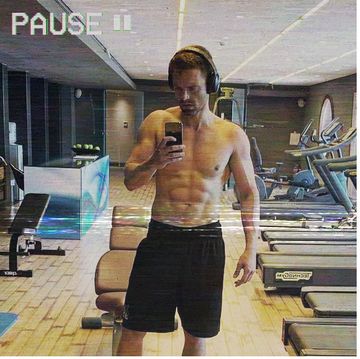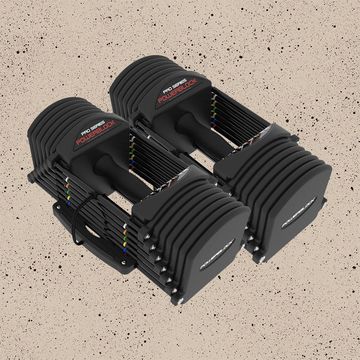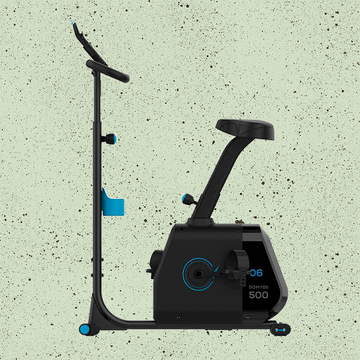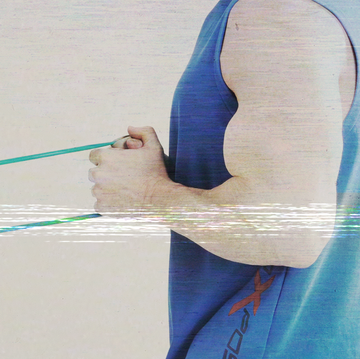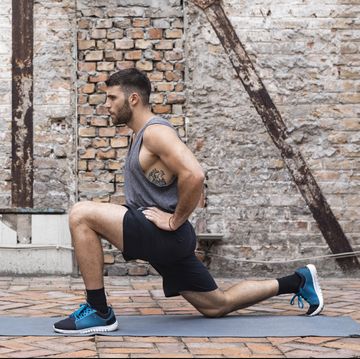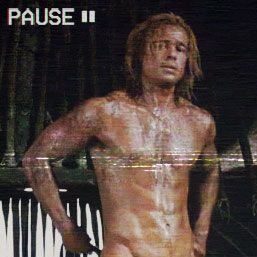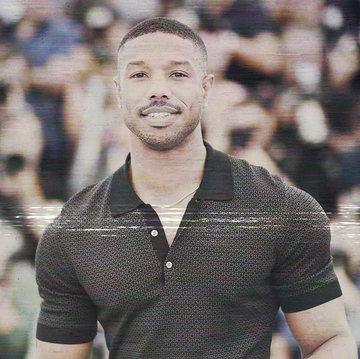Jake Gyllenhaal is arguably one of the most exciting actors working today. From Brokeback Mountain to Prisoners, his projects are only linked by how distinctive they all feel.
And, like all great actors, Gyllenhaal has demonstrated a knack for punishing physical transformations, dropping down to 66kg for Nightcrawler before packing on 13kg of muscle to play a tormented (and ferocious) boxer in Southpaw.
Yet the role that first announced Gyllenhaal as a physical actor (not just the dweeb from Donnie Darko) was 2010’s Prince of Persia: Sands of Time – the video game spin-off in which our man takes on the role of an ancient warrior prince with the ability to slow down time.
Viewed through today’s lens, casting a white actor as a Persian hero is problematic, but at the time all conversation was about one thing: Gyllenhaal’s remarkable physical transformation.
The man tasked with prepping Gyllenhaal for the role, Simon Waterson, was no stranger to building blockbuster bodies, having worked with Daniel Craig on his bigger, beefier Bond.
Like Craig, for Gyllenhaal the brief was simple: pack on size, but make sure he can still do action hero stuff.
“You can see in that film he’s drenched in armour and it was quite a heavy aesthetic-based movie,” explains Waterson. “There were lots of challenges, from fight choreography to parkour; he had to look like he’d been bought up in a physical way, riding horses and being able to wield swords and knives. You have to be careful that you don't take it to the extreme with the aesthetic because you don’t want it to look contrived.”
For Gyllenhaal, this meant looking good in shirtless scenes while still allowing flexibility. Sure, Gyllenhaal had bulked up to play a marine in Jarhead five years earlier, but this was a different kettle of fish (steamed, with brown rice and broccoli). As Waterson puts it, “his physicality was dominating for the first time.”
Down Time
Waterson had landed on a problem that plagues many films: how do you get your actor to look as beefy as possible without them looking like they stepped straight on-set from a bodybuilding competition? In other words, what is the perfect amount of conditioning that will sell this person as an action star, while still meeting the audience’s expectations of what an action star’s body looks like?
Get too big and you start to compromise your ability to run and move freely, because mirror muscles are just extra weight when you’re in a fight scene. A key concern, Waterson explains, was that Gyllenhaal’s character carried a sword on his back. If his neck and shoulders got too big, he wouldn’t be able to draw the sword from its sheath – a key skill in any swords-and-sandals epic.
The answer – alongside mobility work – was to test Gyllenhaal’s flexibility as they went. If it was becoming difficult to draw the sword or sprint without panting, it was time to dial the weightlifting down and focus on something else for a while.
Out of the Frying Pan
Then, of course, they had the environment to content with. Although training began in London, Waterson and Gyllenhaal were soon on set in Morocco, with no fixed gym facilities. Which meant improvising their early morning workouts .
“Because of the heat in Morocco and the filming schedule we’d get up and work out at 4am,” says Waterson. “It was vital to keep him fuelled and hydrated throughout the day. We were also filming during Ramadan, so it became a tough place to work with sustained bursts of energy when everyone else is absolutely exhausted.”
Gyllenhaal, however, took it all in his stride.
“Jake’s very method,” Waterson says. “He completely absorbs himself into a character both physically and mentally. Luckily he has really responsive genetics and we were given time to do it. Which is always nice.”
Fast Times
When it came to fuelling his body, Waterson put Gyllenhaal on a clean diet of 4,000 - 4,500 calories per day. Not only would the extra calories provide fuel, they’d provide his body with the building blocks of muscle. As always, he was careful not to take it to extremes.
“I never cut food groups,” explains Waterson. “I’m very balanced to make sure I have enough calories from a carbohydrate source to sustain energy, then enough from a protein to be able to make sure that the repair mechanism is there, and then good fats and good hydration. It’s simplistic and balanced but it’s nutritionally relevant to what he was trying to achieve.”
With the workout schedule and nutrition consistent, there was one other process Waterson had to consider: recovery. With training taking place in and around an exhausting and active filming schedule, sleep at a minimum, the hot Moroccan sun beating down on them every day and the fact that Gyllenhaal’s character had to remain mobile, the risk of injury was high. To address this, Waterson ensured a physiotherapist was always on hand to deliver the required treatments from massages to stretches.
And while you’re unlikely to encounter a burning African sun or twelve-hour days riding horses as part of your own training, the message remains the same: stretch, drink water, get enough sleep and your body will thank you.
Jake Gyllenhaal's Prince of Persia Workout
Before leaving for Morocco, Waterson was keen to get Gyllenhaal moving in a way that would emulate what he’d be doing on-screen. While he says he had to “dial back” Gyllenhaal’s love of cardio, he did get him running in the sand in Hyde Park’s old horse tracks, in order to mimic desert conditions. Add a 9kg weighted vest and you have a reasonable imitation of a suit of armour.
As for the main workout, Waterson loaded Gyllenhaal’s gym schedule with multiple compound exercises that would build size as quickly as possible without overloading any particular area. Naturally, for bodyweight exercises he brought the weighted vest along (unless you’re planning on running around in chainmail, this might not be necessary for your own workouts).
On the back end of this, Waterson tied Gyllenhaal to the cable machine with exercises designed to carve out those movie-poster abs, as well as increasing flexibility.
To test it for yourself, work through all the bodyweight moves first in a circuit – do one round of each exercise in order before repeating all three – then you'll move on to the deadlifts and cable machine exercises.
1A: Dips
Sets: 4
Reps: 8-10
Rest: 20 seconds
Find a set of parallel bars. Get a good, comfortable grip with your hands opposite each other. Your chest and chin should be pointing forward (no looking down) as you bend your elbows to lower your nipples to just above your hands. (Be sure your arms move up and down over the bar, instead of splaying out to the side, which can cause injury). Push your weight down into your palms as your straighten your arms and lift yourself back to the start.
1B: Pull-ups
Sets: 4
Reps: As many as you can
Rest: 20 seconds
Grab a pull-up bar (or anything overhead that looks like it will take your weight without ruining your hands). Go for an overhand grip, your hands shoulder-width apart. From a dead hang, lift yourself up until your chest is level with your hands, then slowly lower back into a dead hang. Can't get to 10? Work to failure on each round.
1C: Push-ups
Sets: 4
Reps: 10
Rest: 20 seconds
Drop into a push-up position – palms on the floor beneath your armpits, weight on your toes, back flat, core braced. Slowly lower your body until your chest almost touches the floor then drive back up explosively. After your final round, take two minutes to get your breath before moving on to the deadlifts.
2: Deadlift
Sets: 3
Reps: 10
Rest: 60 seconds
With a barbell in front of you, hands over the markers, push your hips backwards as if you were performing the world’s most elaborate sitting down. Grip the bar using the hand position that feels most natural to you. Then, with your chest at a 90 degree angle, squeeze your glutes as you drive your hips forward. At the top of the move squeeze your glutes hard, then slowly reverse to put the barbell back on the floor, keeping your core engaged throughout.
Wood chop
Sets: 2
Reps: 10 each side
Rest: 20 seconds
Select your weight on the cable machine (our friend in the video's got a medicine ball, but the action is the same) and adjust the handle to shoulder-height. Stand straight with your feet shoulder-width apart then reach across your body to take hold of the handle (you can use both hands). Twist your torso away from the machine, pulling the cable down and diagonally across your body as you do. Resist the urge to let your arms do all the work – your core should bear the brunt of the weight here.
High to low cable fly
Sets: 2
Reps: 10
Rest: 20 seconds
Adjust the cable handles so that they’re as high as possible. Standing equidistant between the two handles, with one in each hand, you’re going to engage your core and shoulders as you pull the handles down to meet just below your chest. Try not to overarch the back, and let yourself feel it through your abs as you reverse the movement back to the start.
Lateral rotation
Sets: 2
Reps: 10 each side
Rest: 20 seconds
Stand facing away from the cable machine, the handle at head height. Keeping your elbow tucked in and your palm facing away from you, grip the handle and rotate your arm at the shoulder to move the handle through 90 degrees. Slowly return to the start position to unlock long-term shoulder mobility.
Like this article? Sign up to our newsletter to get more delivered straight to your inbox
Need some positivity right now? Subscribe to Esquire now for a hit of style, fitness, culture and advice from the experts
